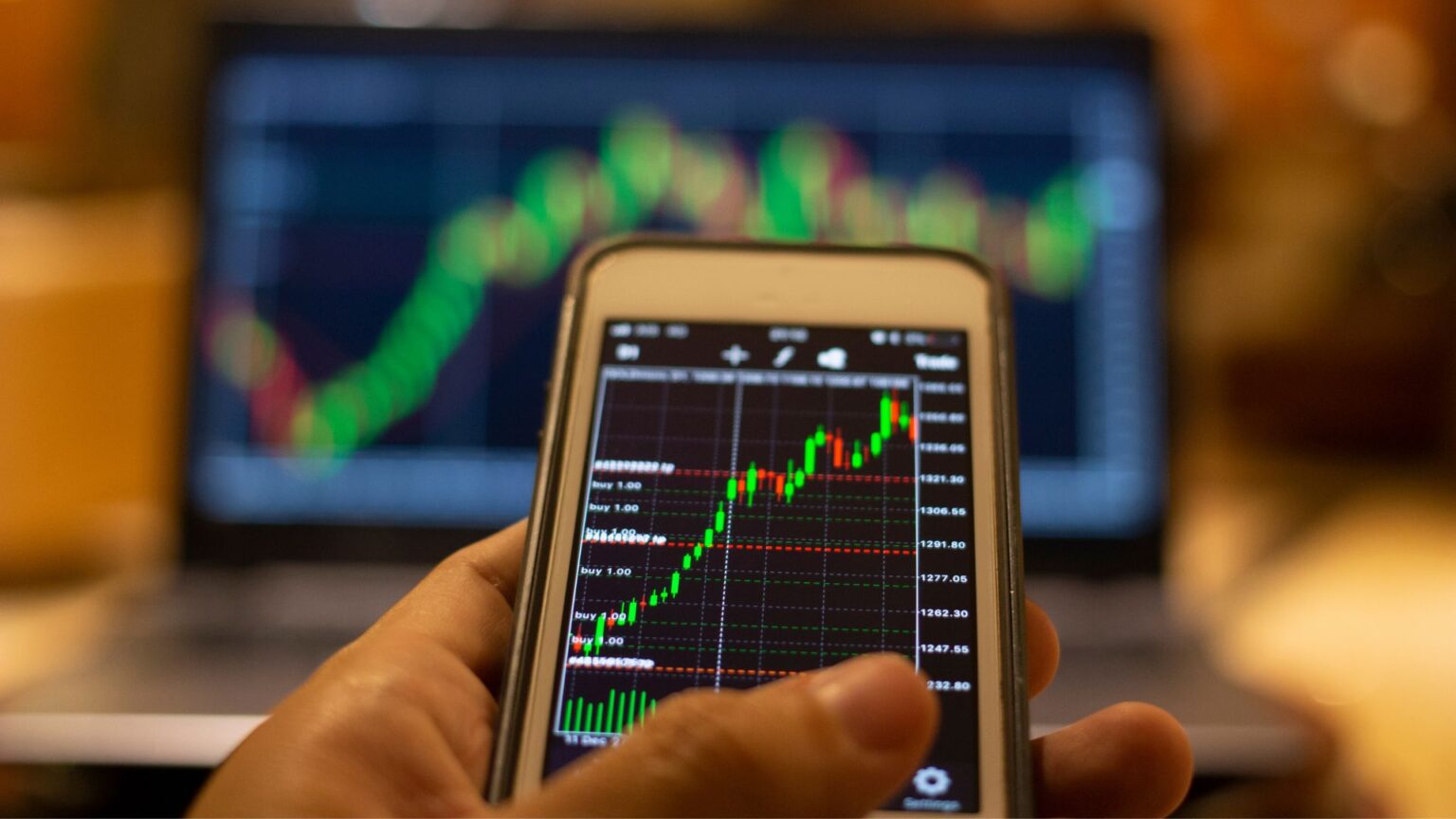The risk to reward ratio is one of the most essential concepts in trading, as it helps traders evaluate the potential profit of a trade in relation to the possible loss. By understanding and effectively using the risk to reward ratio, traders can manage their portfolios better, minimize their risks, and increase their chances of long-term success. In this blog, we’ll break down what the risk to reward ratio is, how to calculate it, and how you can mitigate risks to improve your trading strategy.
1. What Is the Risk to Reward Ratio?
The risk to reward ratio (Rratio) is a calculation that helps traders understand the potential loss they are willing to take in comparison to the potential gain on a trade. It is expressed as a ratio of the risk (how much you could lose) to the reward (how much you could gain).
For example, if a trader sets a risk of $100 for a potential reward of $300, the risk to reward ratio would be 1:3. This means the trader is risking $1 to potentially gain $3.
2. Why Is Risk to Reward Ratio Important?
Understanding the risk to reward ratio is vital for managing your overall trading strategy. Even if you have a relatively low win rate, having a favorable risk to reward ratio can still result in profits over the long term. Here’s why:
- Consistency: A trader can lose more trades than they win and still be profitable if the reward is significantly higher than the risk.
- Risk Management: The ratio ensures that traders are not risking too much on trades with minimal upside. This approach helps in protecting capital, especially during volatile periods.
- Emotional Discipline: Focusing on risk to reward helps traders make decisions based on logic and strategy rather than emotions like greed or fear.
3. How to Calculate the Risk to Reward Ratio
To calculate the risk to reward ratio, follow these steps:
- Identify Your Risk: This is the amount of money you are willing to lose on a trade. It’s usually the difference between your entry price and the stop-loss level. For example, if you enter a trade at $100, and you set your stop-loss at $90, your risk is $10 per share.
- Identify Your Reward: This is the potential profit you aim to make from the trade. It’s the difference between your entry price and your target profit price. If you aim to sell at $130, the reward is $30 per share.
- Calculate the Ratio: Divide the risk by the reward to get the risk to reward ratio. Using the above example, your risk is $10, and your reward is $30. The risk to reward ratio would be 1:3, meaning you are risking $1 for every potential $3 in profit.
4. Ideal Risk to Reward Ratios
There is no “one-size-fits-all” risk to reward ratio, but commonly used ratios in trading include:
- 1:2 – Risk $1 for a potential reward of $2.
- 1:3 – Risk $1 for a potential reward of $3.
The higher the ratio, the better, as this implies you’re risking less for a greater potential reward. However, it’s important to set realistic targets based on market conditions and trading strategy.
5. How to Mitigate Risk While Trading
Even with a favorable risk to reward ratio, traders must still manage risks effectively. Here are some strategies to help you mitigate risks and improve your chances of success:
A. Set Stop-Loss Orders
A stop-loss order is a predetermined price level at which you exit a losing trade to prevent further losses. Setting a stop-loss ensures that your risk is limited and prevents you from holding onto losing trades in the hope that they will turn around.
B. Position Sizing
Position sizing is determining how much of your capital you should allocate to a particular trade based on your risk tolerance. For example, if you’re only willing to risk 1% of your capital on a trade, and your account is $10,000, you should only risk $100 on that trade. This helps in ensuring that even if you face consecutive losses, your overall portfolio remains protected.
C. Use Trailing Stops
A trailing stop automatically adjusts as the price moves in your favor, allowing you to lock in profits while reducing risk. This way, if the market reverses, your trailing stop ensures that you exit the trade with some profit rather than letting the market erase your gains.
D. Avoid Overtrading
Overtrading occurs when traders open multiple positions simultaneously or trade too frequently. This can amplify risk and lead to larger losses. To mitigate this, it’s important to be selective about trades and focus on high-probability setups that align with your risk to reward goals.
E. Stay Informed
Understanding the broader market environment is key to managing risk. Pay attention to economic indicators such as interest rates, inflation data, and macroeconomic events that could impact market sentiment. Staying informed allows you to adjust your risk management strategies based on current market conditions.
6. Focus on Consistency and Discipline
Mitigating risk in trading isn’t just about using technical tools—it’s about maintaining discipline. The most successful traders are consistent in how they apply their strategies and don’t deviate when emotions run high. Whether you’re using a 1:2 or 1:3 risk to reward ratio, sticking to your plan and maintaining discipline in execution is the key to long-term success.
Enhance Your Trading with EPIQ Trading Floor
If you’re looking to improve your trading strategies and get real-time insights into the markets, EPIQ Trading Floor can help. Our platform offers expert analysis, real-time signals, and a supportive community of traders who focus on risk management and disciplined trading. Whether you’re a beginner or a seasoned trader, EPIQ Trading Floor provides the tools and strategies you need to thrive in the market.
Start your 3-day free trial today! Join EPIQ Trading Floor to access exclusive trading tools, strategies, and real-time market insights to enhance your trading journey.
Disclaimer
The information provided in this blog is for educational purposes only and does not constitute financial advice. Always conduct your own research before making any investment decisions.










Responses